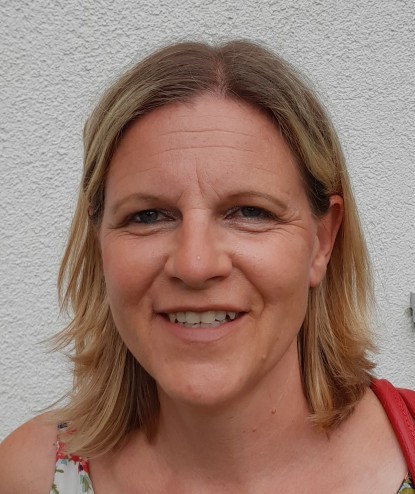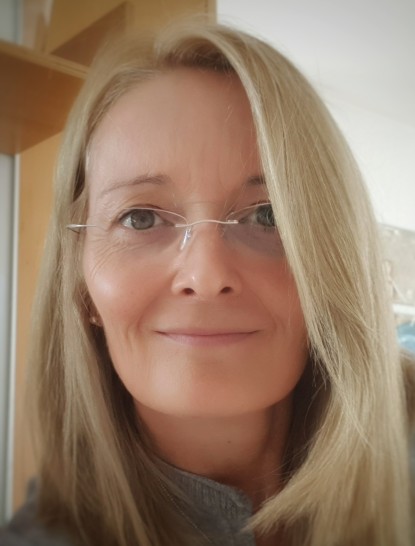New boost for quantum technologies
SUPERARRAY research project led by TU Darmstadt receives €3.6 million in funding
2025/11/20 by APQ/cst
TU Darmstadt is coordinating the SUPERARRAY cooperative project, which is developing new technologies for the precise and stable control of quantum processors with high numbers of quantum bits (qubits). The focus is on a platform that connects laser sources and atomic storage locations in such a way that significantly larger and more reliable quantum systems can be operated – even outside the laboratory.

‘The more memory elements and the more processing cores, the more computing power’ – what applies to classical computers also applies to quantum computers and quantum simulators: systems with many data carriers promise more computing power – a capability known as scalability. However, the application of quantum physical processes makes the quantum systems involved very sensitive to external disturbances.
Stable solutions are therefore required for the economic use of such quantum computers. In addition, the systems must not only function in the laboratory, but also under real-world conditions. For this to succeed, the speed of quantum logical operations (clock rate), stability and operating time must increase significantly without the need for frequent recalibration of the systems. At the same time, the construction of powerful quantum processors also requires a significantly higher number of qubits. With more qubits, more complex computing tasks can be performed – provided that the error rate remains low.
Intensive research is being conducted worldwide to increase the number of qubits and at the same time reduce computing errors through stable and low-noise technologies.
Optical precision with quantum physics control
This is where the SUPERARRAY project (opens in new tab) comes in. The ‘Atoms – Photons – Quanta’ research group led by Professor Gerhard Birkl at the Department of Physics at TU Darmstadt is contributing its internationally ambitious architecture for quantum processors and refining it together with project partners FiberBridge Photonics, planqc and, MuniQC-Atoms.
SUPERARRAY combines state-of-the-art optical technologies with elaborate methods from quantum optics. The aim is to manipulate quantum states precisely and in a fault-tolerant manner. This will result in a modular platform in which multiple laser sources are connected to atomic qubit arrays via optical fibers – a significant step towards application-ready quantum computers.
The Federal Ministry of Research, Technology and Space (BMFTR) is providing a total of €3.6 million for the project as part of its ‘Quantum Systems’ research programme. (opens in new tab)



